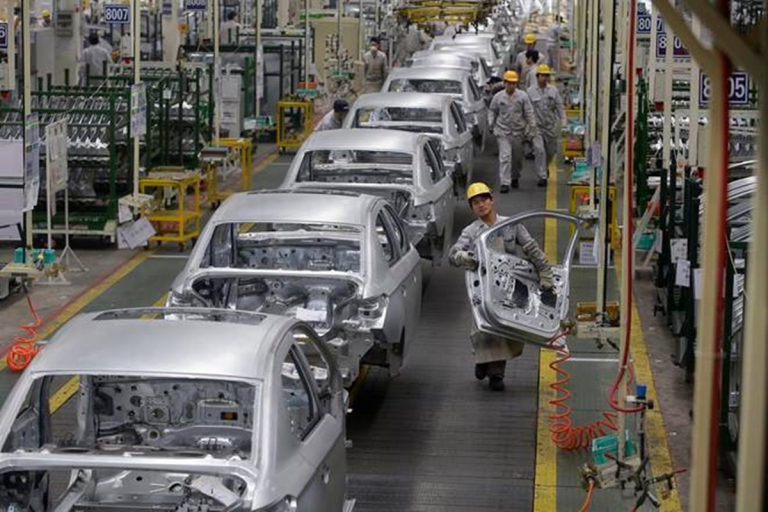How much impact can a 25% tariff really have?
A lot more than you might think. With auto import tariffs staying firmly in place under a potential Trump policy return, analysts now estimate the global auto industry could face over $100 billion in added costs.
What’s the immediate fallout?
According to industry estimates, new and used car prices could jump anywhere from $2,000 to $4,000. That’s not just inflation—it’s a structural price shift. As automakers wrestle with ballooning production expenses, the cost is increasingly landing on the consumer.
Who gets hit hardest?
Major U.S. automakers including Ford, GM, and Stellantis could collectively absorb more than $40 billion in additional costs. Meanwhile, global OEMs are already rethinking manufacturing footprints and re-routing supply chains to minimize tariff exposure.
What are companies doing to respond?
- Jaguar Land Rover has reportedly halted U.S. shipments of certain models.
- Hyundai is delaying price hikes to avoid immediate customer backlash.
- Suppliers and tier-one manufacturers are quietly seeking “friendshoring” opportunities in North America and Southeast Asia.
What are the broader market signals?
This isn’t just a short-term trade issue—it’s a seismic shift in how automakers design, produce, and price vehicles. In some cases, companies are fast-tracking plans to localise EV and battery production just to stay competitive in the U.S. market.
What are the experts saying?
According to Felix Stellmaszek, Global Lead at Boston Consulting Group:
“This may well be the most consequential year for the auto industry.”
Why? Because it’s not just about tariffs—it’s about long-term restructuring. What was once a globally integrated industry is now becoming regionalized, driven as much by policy as by innovation.
Where does this leave the future of EVs?
Electric vehicle makers are especially vulnerable, given the complexity and sourcing challenges of battery components. Companies with U.S.-based production lines will gain an edge—not just for tax credit eligibility under the Inflation Reduction Act, but to dodge escalating import costs.
What’s the bottom line?
The auto industry is at an inflection point. These tariffs aren’t just taxing trade—they’re redrawing the map for global production. In a market where regulatory environments evolve faster than tech cycles, adapting quickly may be the only way forward.
Source: Ford, GM, and Stellantis Corporate Statements | Automaker Financial Reports & Analyst Briefings | Stellantis Investor Center



 Share your Details for subscribe
Share your Details for subscribe